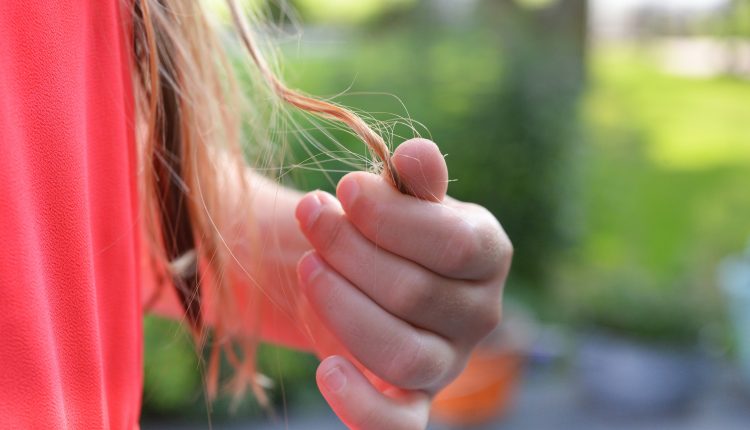
Trichotillomania, or the compulsive habit of pulling out hair and hairs
Let’s talk about trichotillomania: Impulse Control Disorders are a diagnostic category that has only recently been recognised, and so we need to know more about it
Disorders such as pathological gambling, pyromania (which I have already discussed in a previous article), kleptomania and intermittent explosive disorder were only diagnosed in the DSM III (American Psychiatric Association, 1980). Only seven years later, in the DSM III-R (American Psychiatric Association, 1987), trichotillomania was also given diagnostic value.
Hair pulling usually begins just before or after puberty. At any given time, about 1-2% of people have the disease.
About 80-90% of adults with trichotillomania are female.
Trichotillomania, or hair-pulling disorder, manifests itself in a person’s excessive and recurrent behaviour of pulling out hair or hairs
The sufferer may engage in this behaviour for short, recurrent periods of time during the day or less frequently, but in this case, the duration of the episode may extend for hours.
Before and during the episodes, people may experience various intense emotions such as anxiety, boredom, agitation, but also pleasure and relief at the moment the hair or hair is pulled out.
The majority of people with trichotillomania disorder also have other repetitive body-focused behaviours, such as picking at their skin, biting their nails or biting their lip.
SYMPTOMS PRESENT IN PEOPLE WITH TRICHOTILLOMANIA
- Recurrent pulling out of hair or hair, leading to loss of hair;
- Repeated attempts to reduce or stop this behaviour;
- Impairment and deterioration of normal functioning in important areas of life, such as social and occupational.
Many people with trichotillomania have other repetitive behaviours such as nail biting or picking at their skin.
The disorder is very common in people with symptoms of Obsessive-Compulsive Disorder (OCD).
These symptoms, which are characteristic of trichotillomania disorder, may have been present for months or even years.
In most cases, the onset occurs during adolescence and its course is chronic.
TRICHOTILLOMANIA: THE CONSEQUENCES OF THE DISORDER
Plucking hair, hair, eyelashes and eyebrows can cause irritation and injury and, in some cases, irreversible damage to hair growth or quality.
This usually also leads to impairment of working and social life because the person is ashamed of their image and isolates themselves.
In addition, if the hair is ingested, a number of gastrointestinal problems may occur, such as nausea, vomiting, abdominal pain, obstruction and perforation of the intestine.
TREATMENT FOR TRICHOTILLOMANIA
An effective treatment for trichotillomania is cognitive behavioural psychotherapy (CBT), which helps to identify and modify the thought patterns that determine the behaviour; increase the patient’s awareness of their behaviour; identify and implement alternative behaviours; and manage anxiety and stress.
Article written by Dr Letizia Ciabattoni
Read Also:
Impulse Control Disorders: Kleptomania
Impulse Control Disorders: Ludopathy, Or Gambling Disorder
Facebook, Social Media Addiction And Narcissistic Personality Traits
Sources:
https://istitutodineuroscienze.it/index.php/tricotillomania/
https://www.psicoterapiascientifica.it/tricotillomania/
https://centroclinicocrocetta.it/psicoterapia-cognitiva/tag/tricotillomania/
Grant JE, Odlaug BL, Kim SW: N-Acetylcysteine, a glutamate modulator, in the treatment of trichotillomania: A double-blind, placebo-controlled study. Arch Gen Psychiatry 66(7):756–763, 2009. doi: 10.1001/archgenpsychiatry.2009.60
Bloch MH, Panza KE, Grant JE, et al: N-Acetylcysteine in the treatment of pediatric trichotillomania: A randomized, double-blind, placebo-controlled add-on trial. J Am Acad Child Adolesc Psychiatry 52(3):231–240, 2013. doi: 10.1016/j.jaac.2012.12.020
Biondi M. (a cura di) (2014). DSM-5. Manuale diagnostico e statistico dei disturbi mentali. Raffaello Cortina Editore, Milano.
Nardone G., Portelli C. (2013). Ossessioni compulsioni manie. Capirle e sconfiggerle in tempi brevi. Ponte alle Grazie, Milano.



